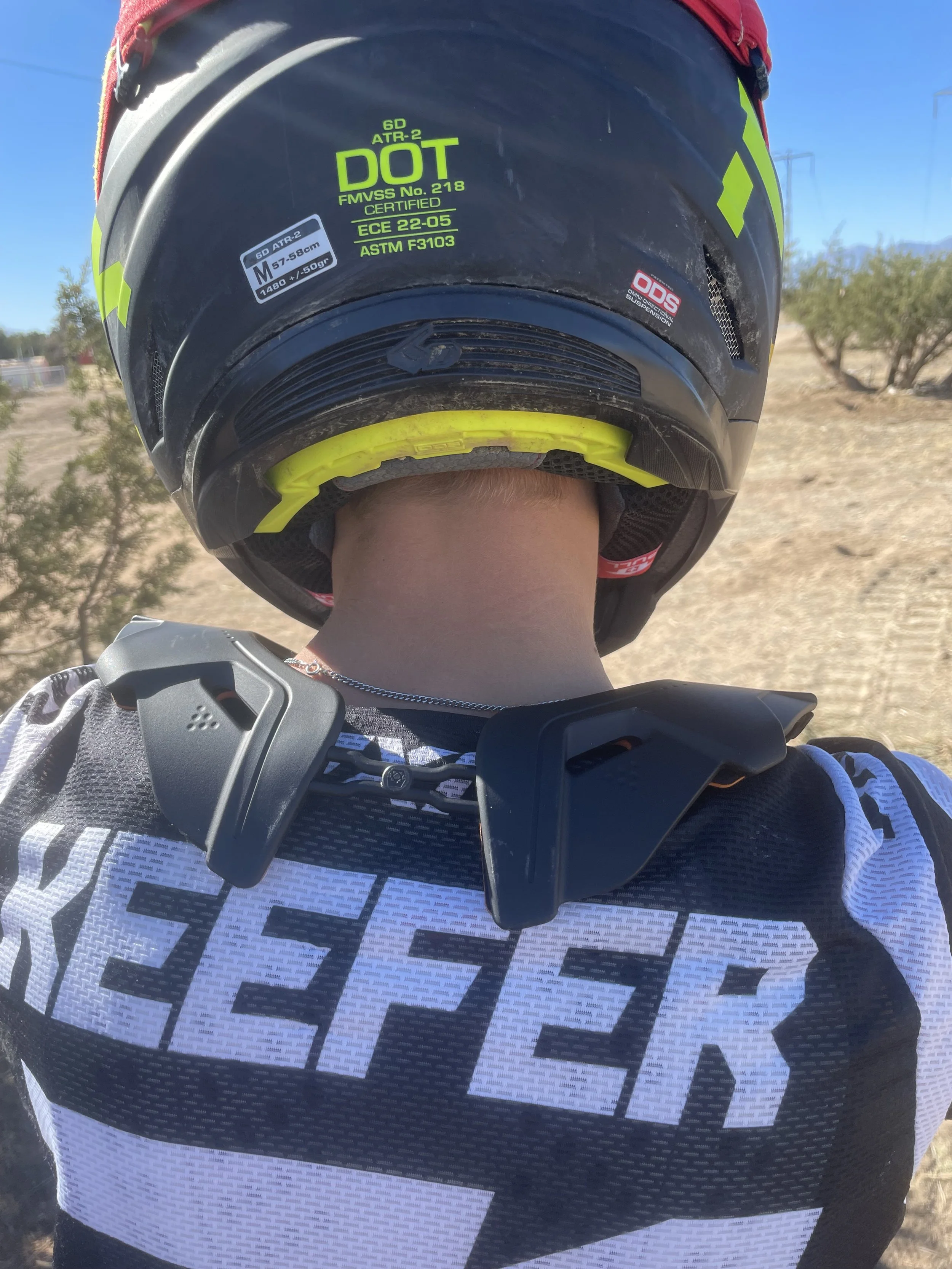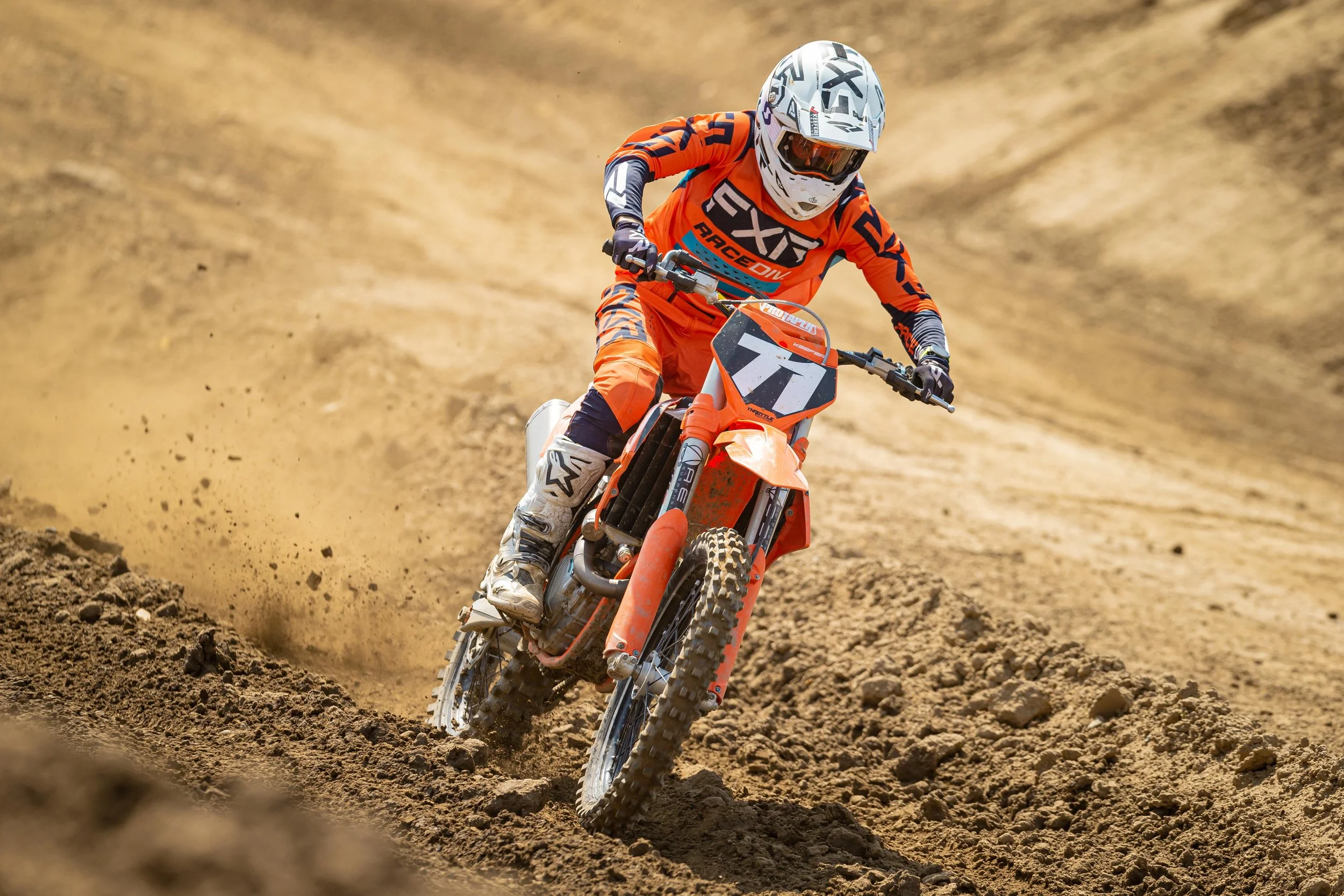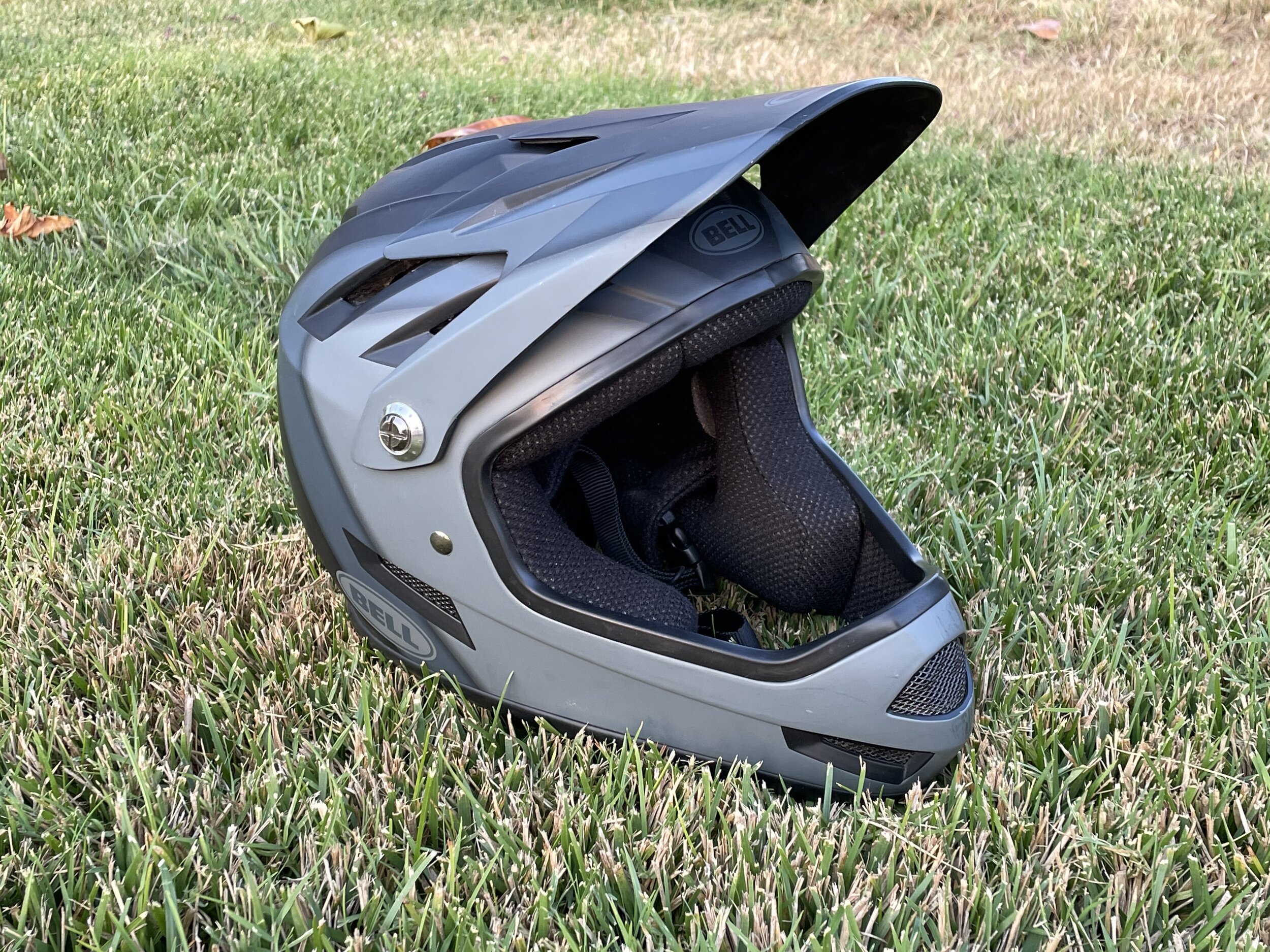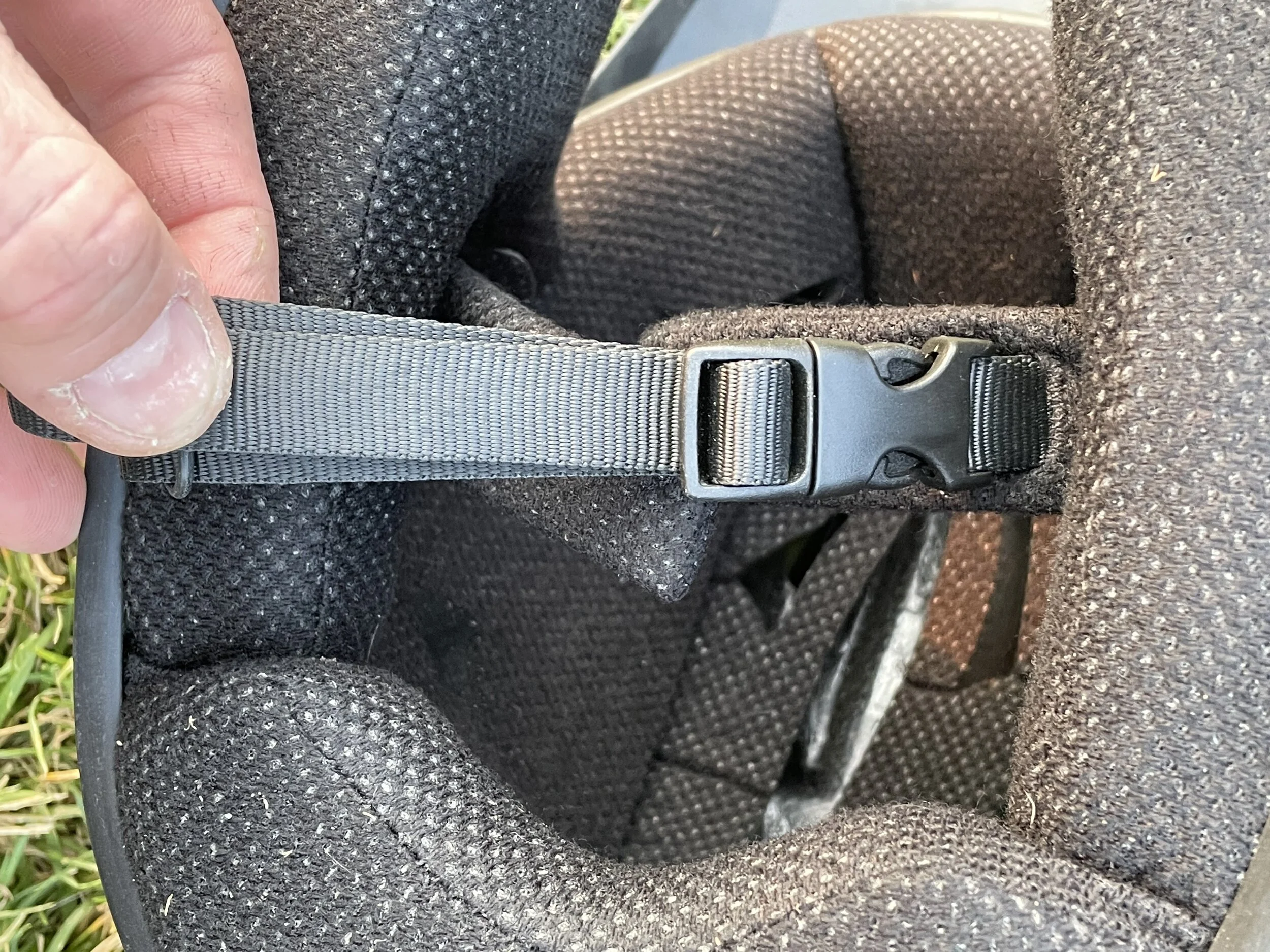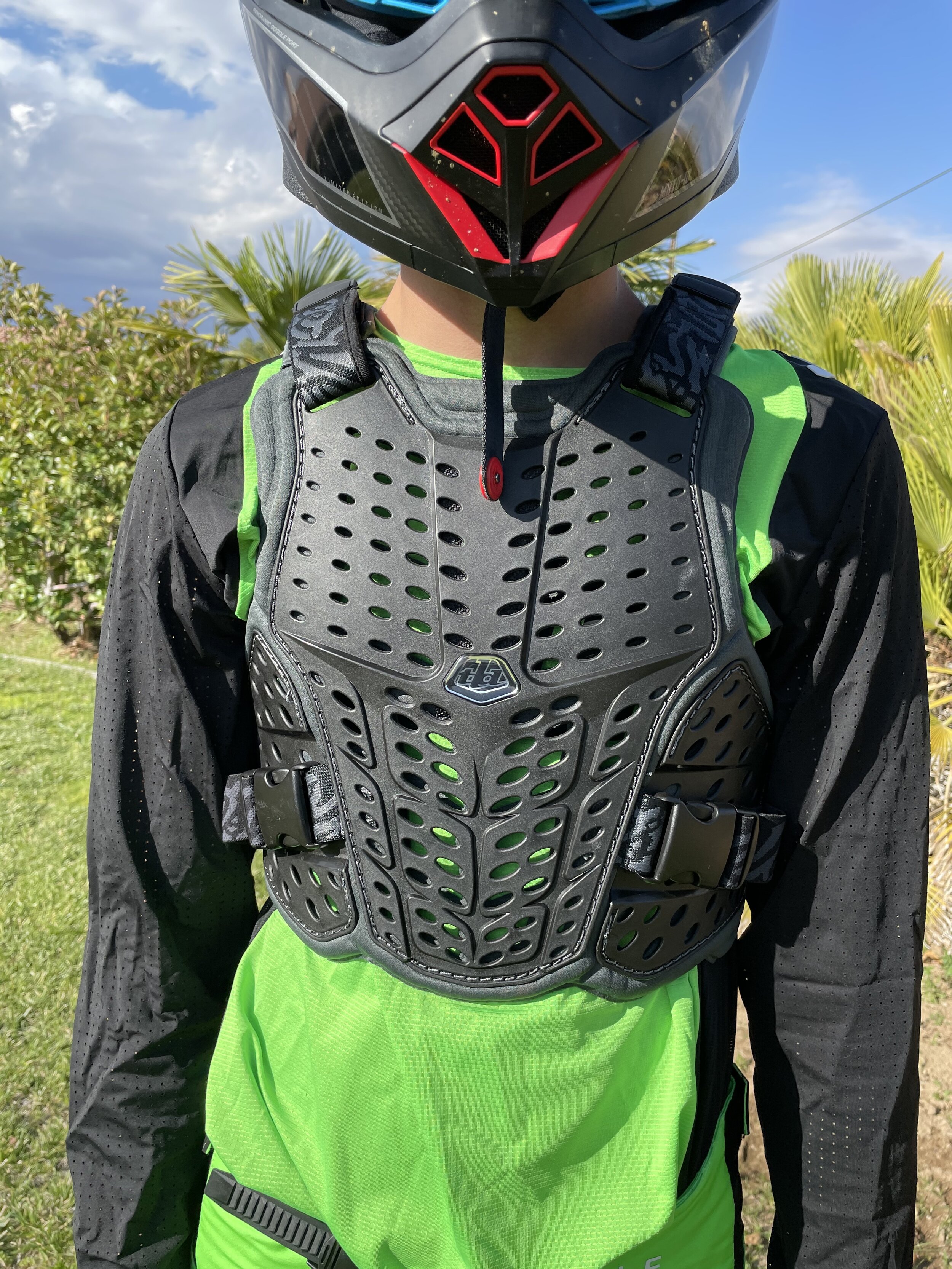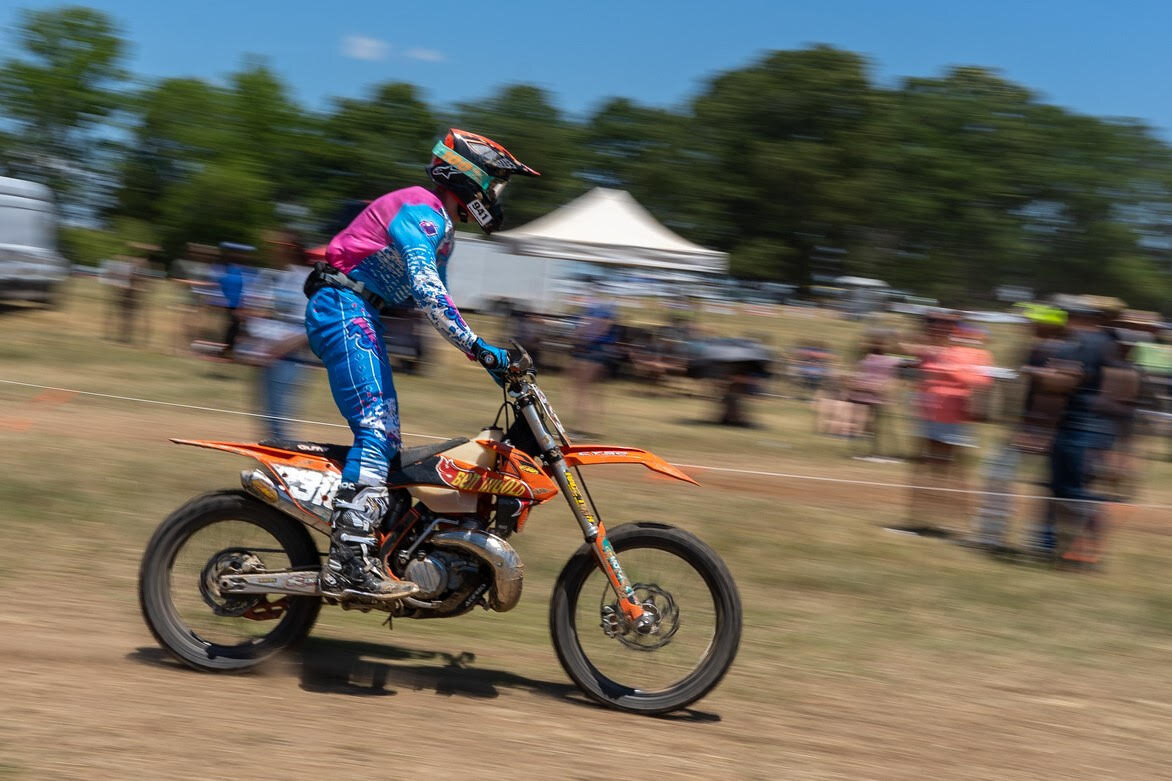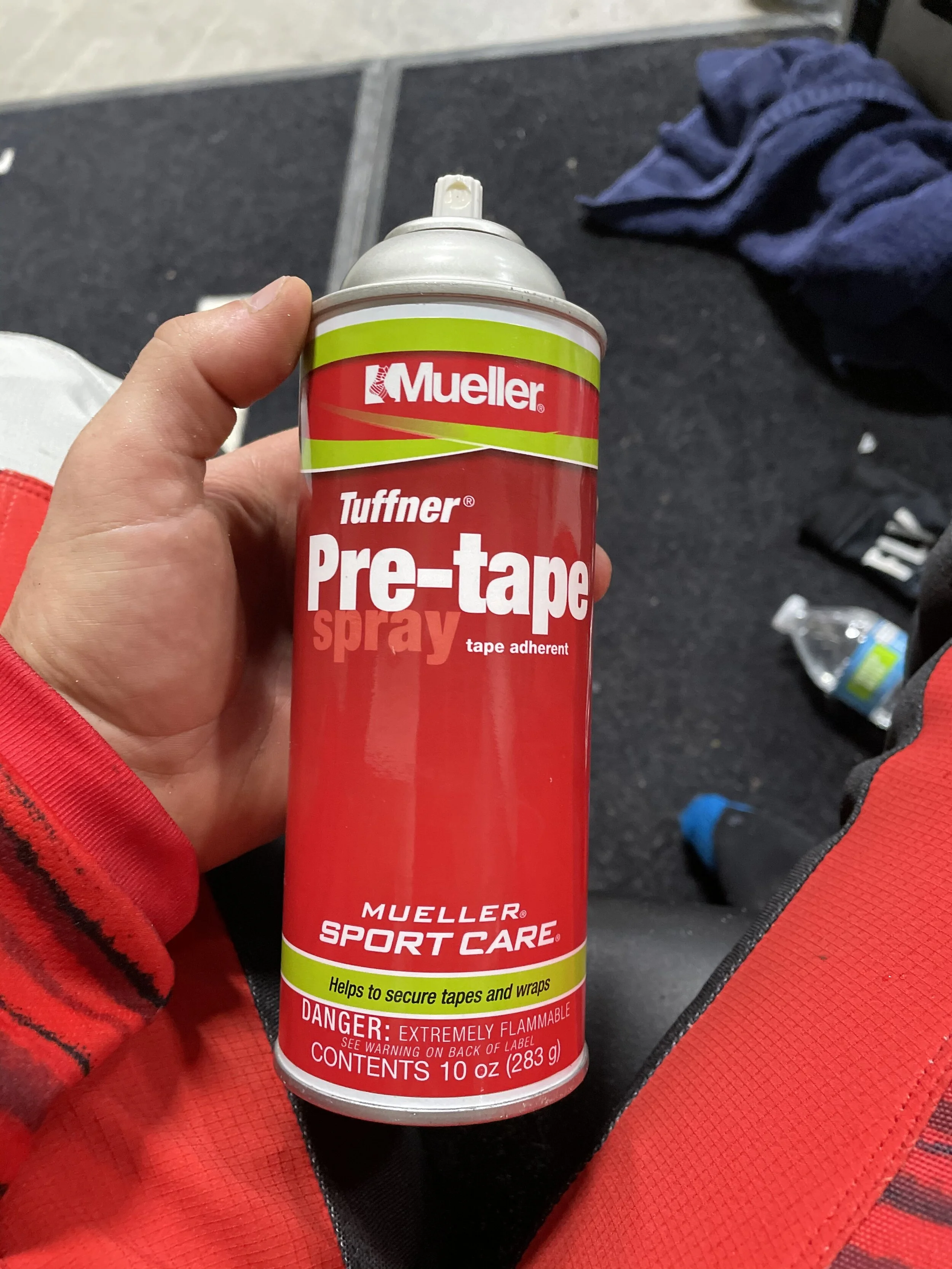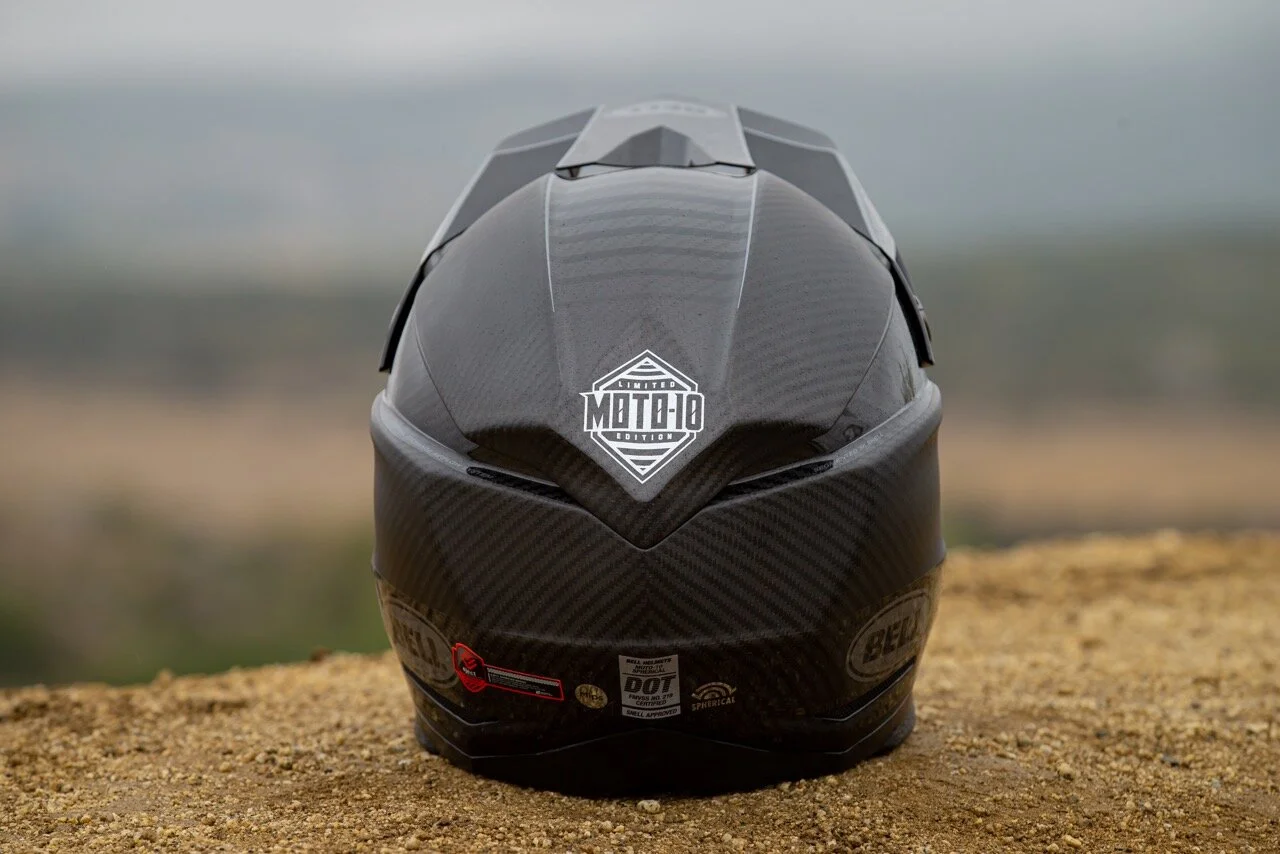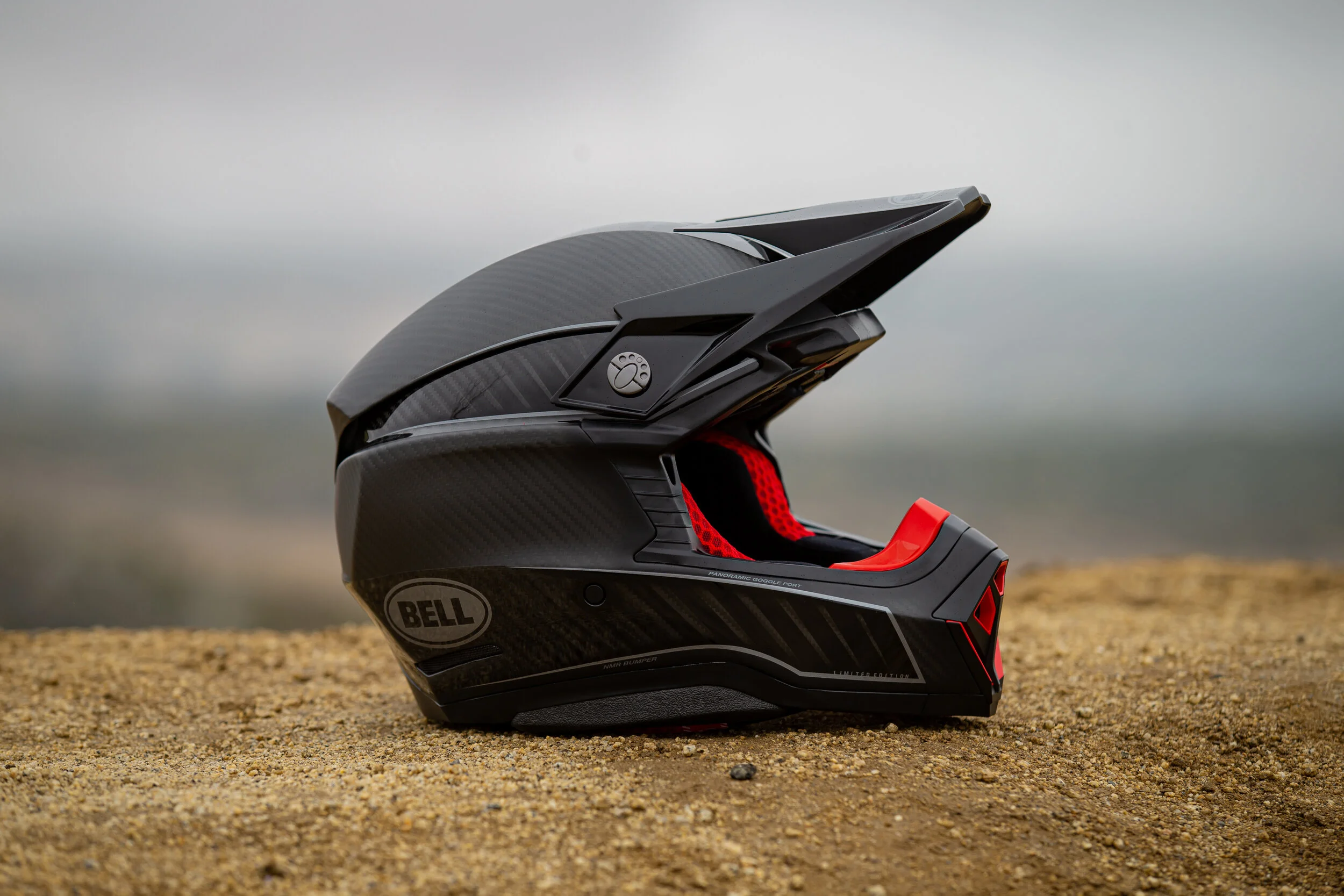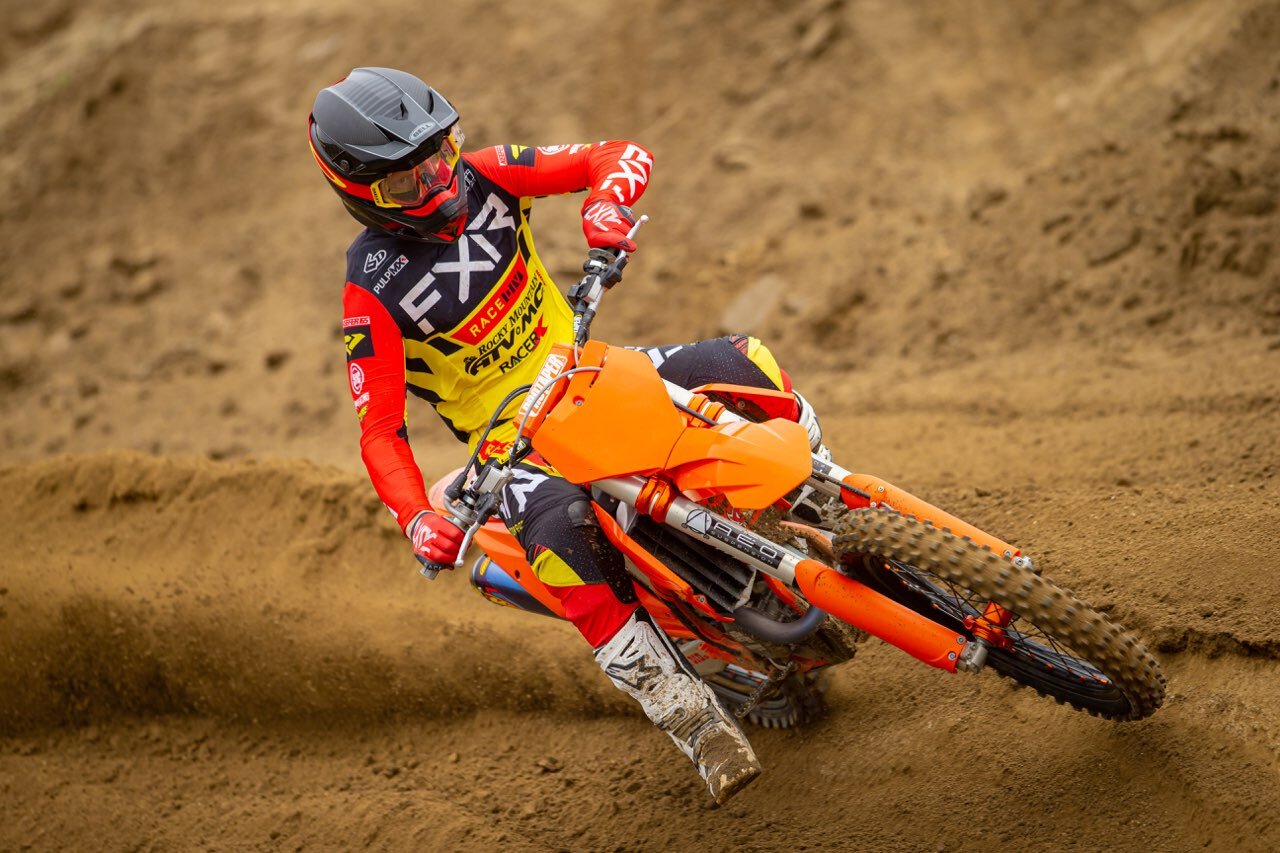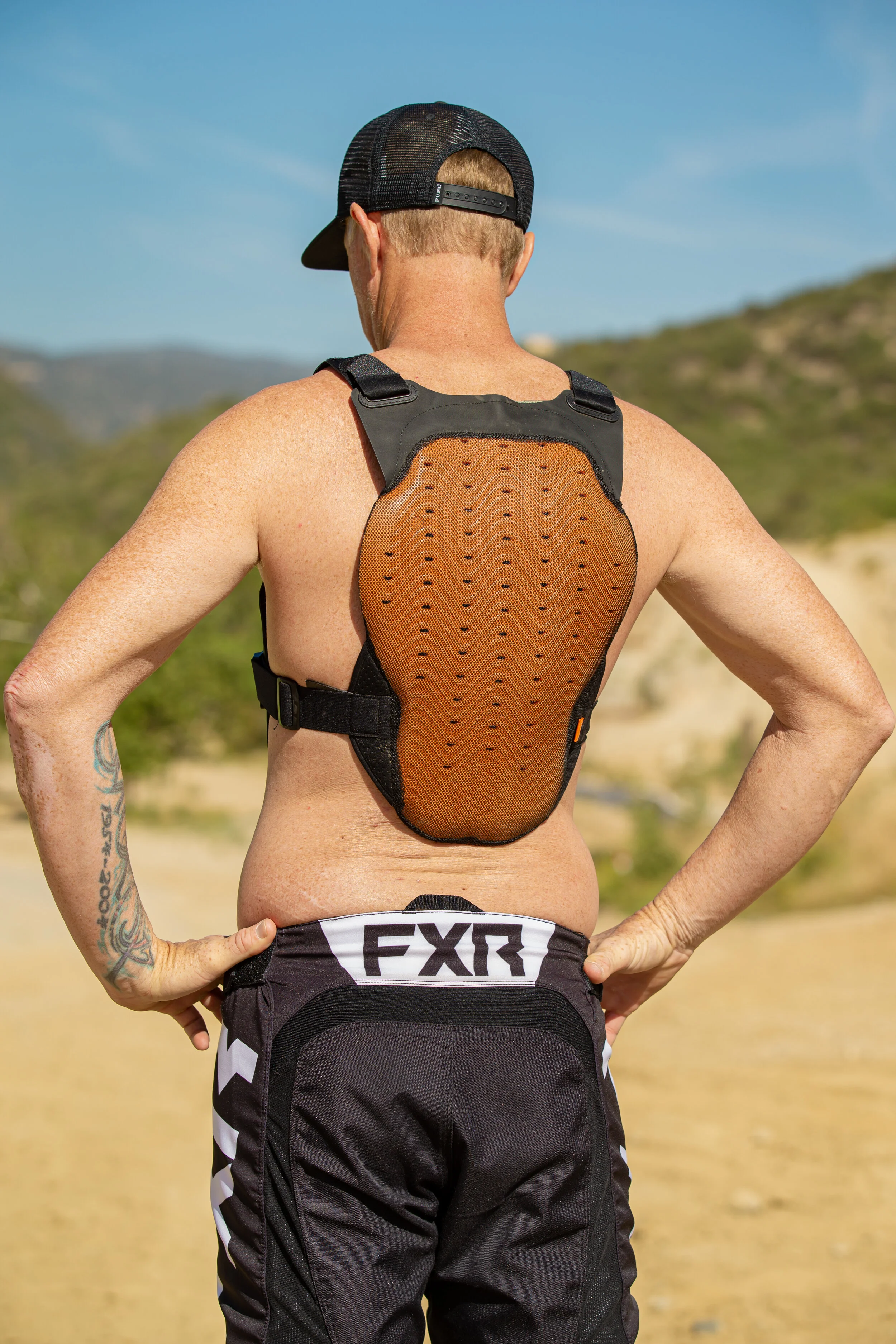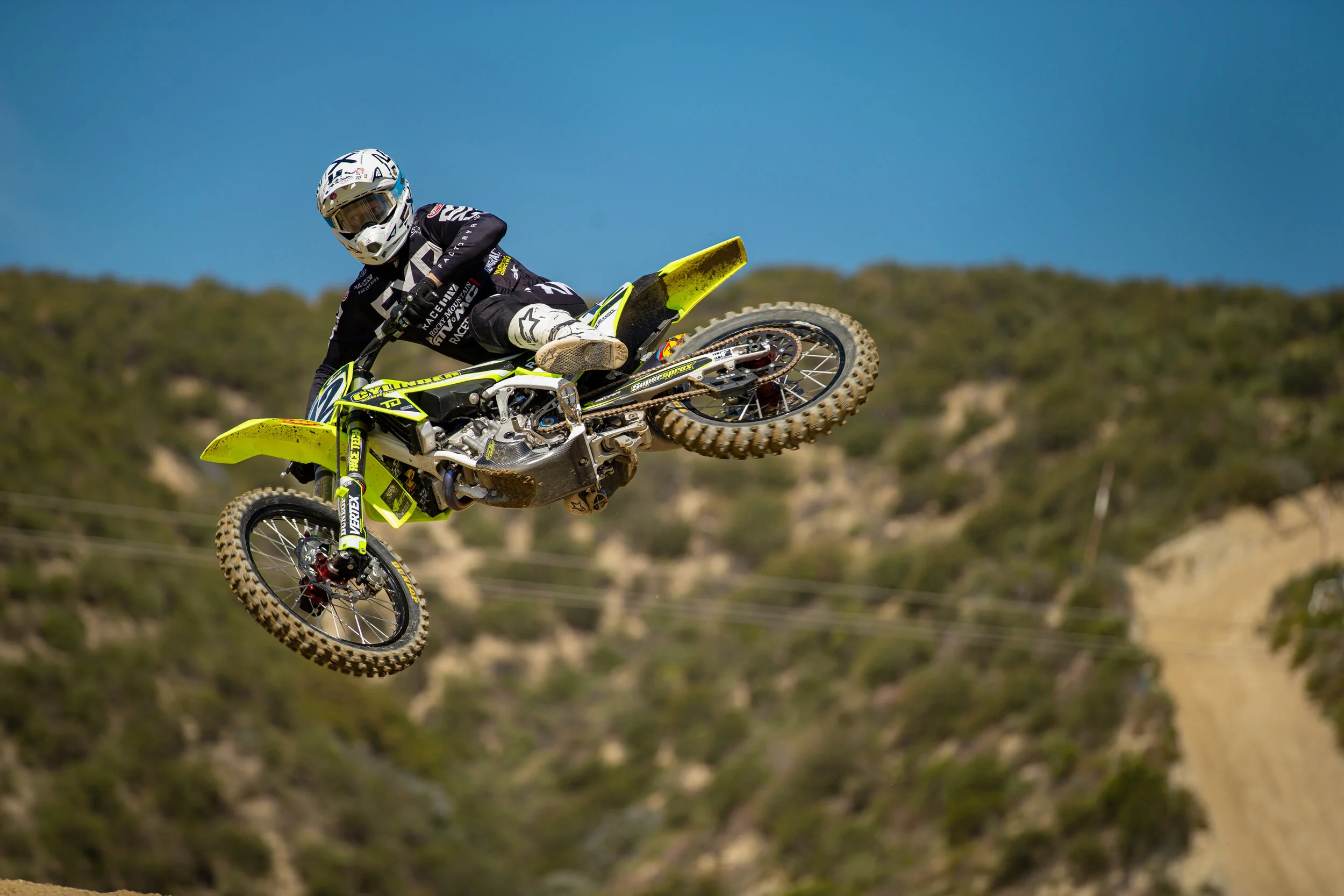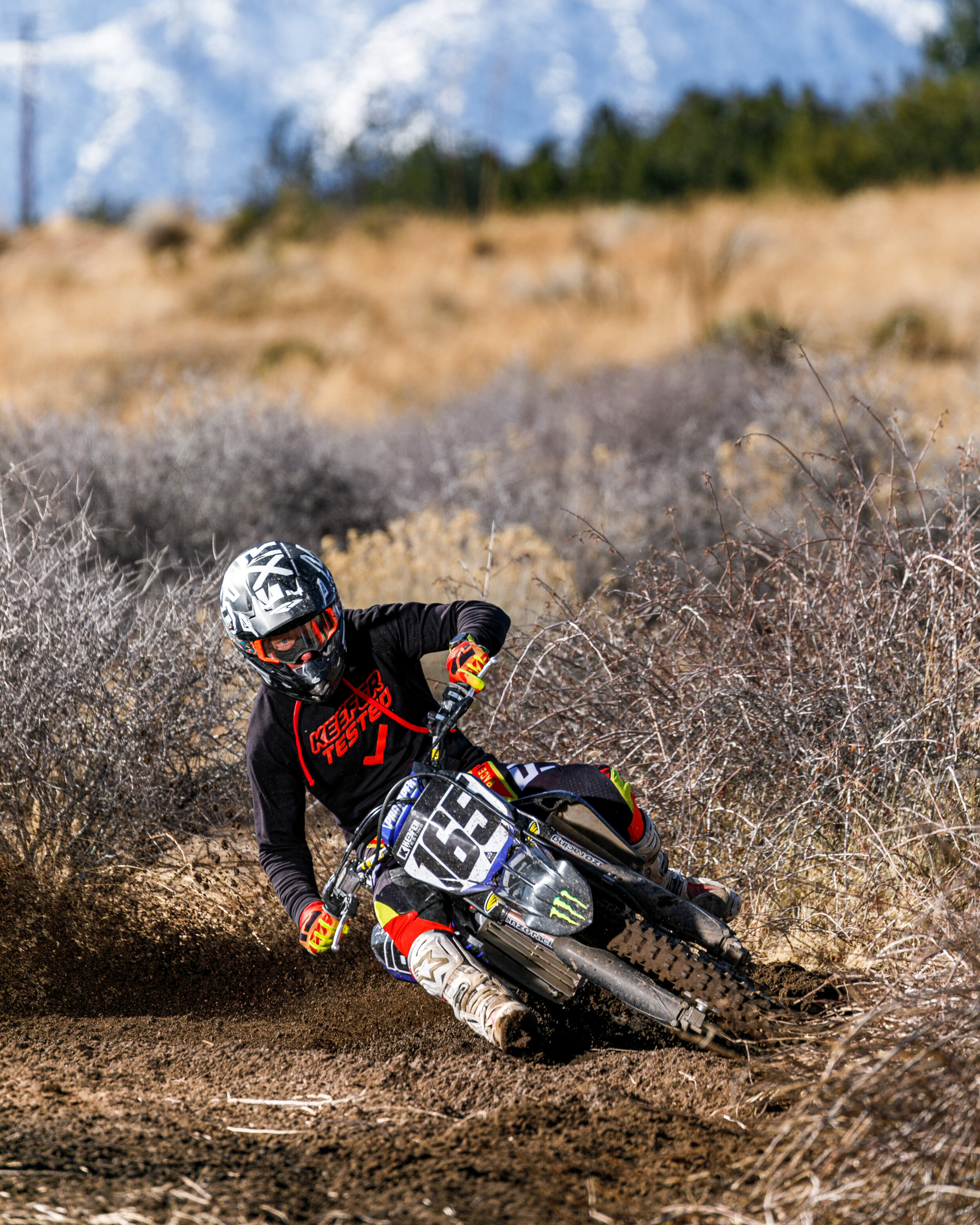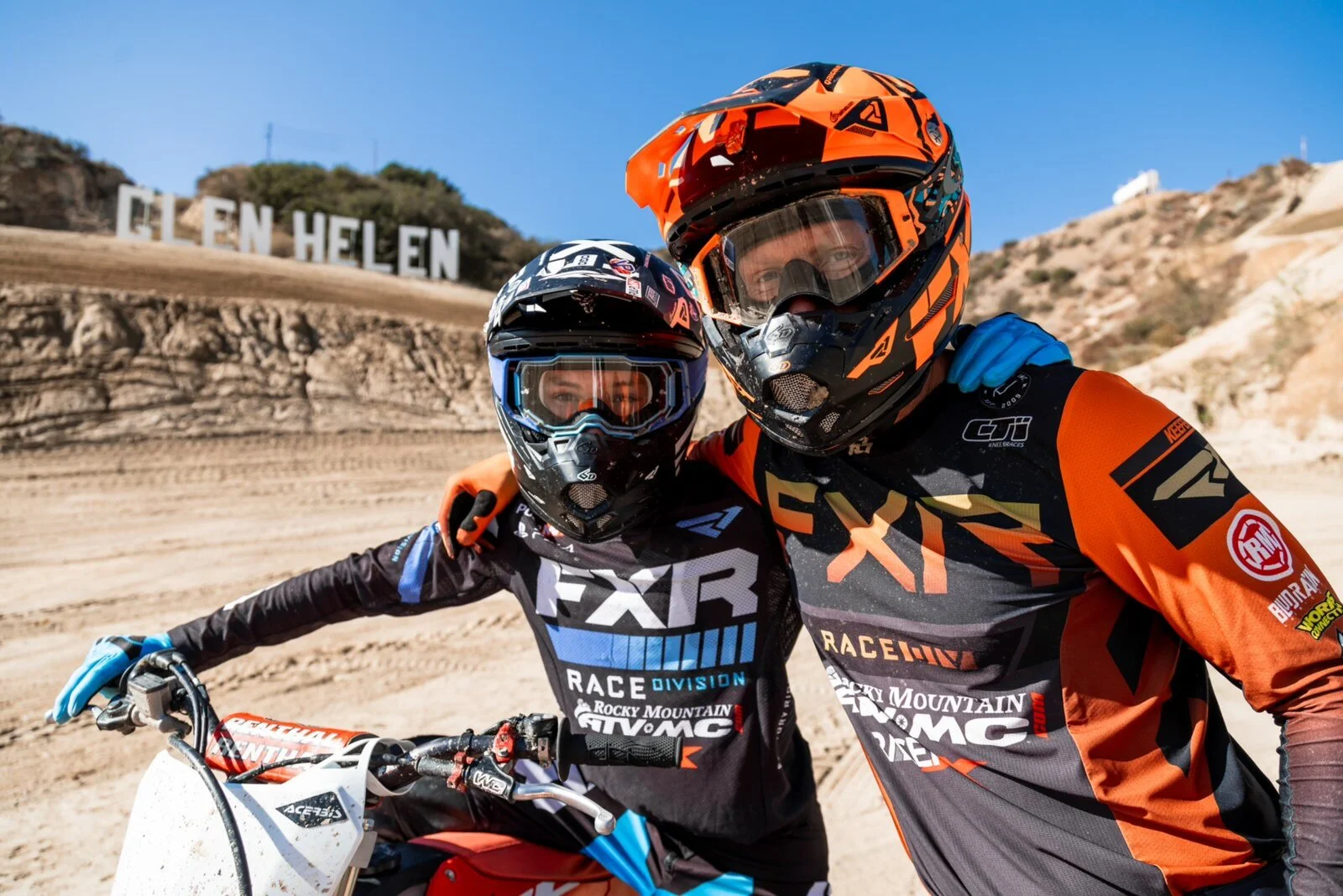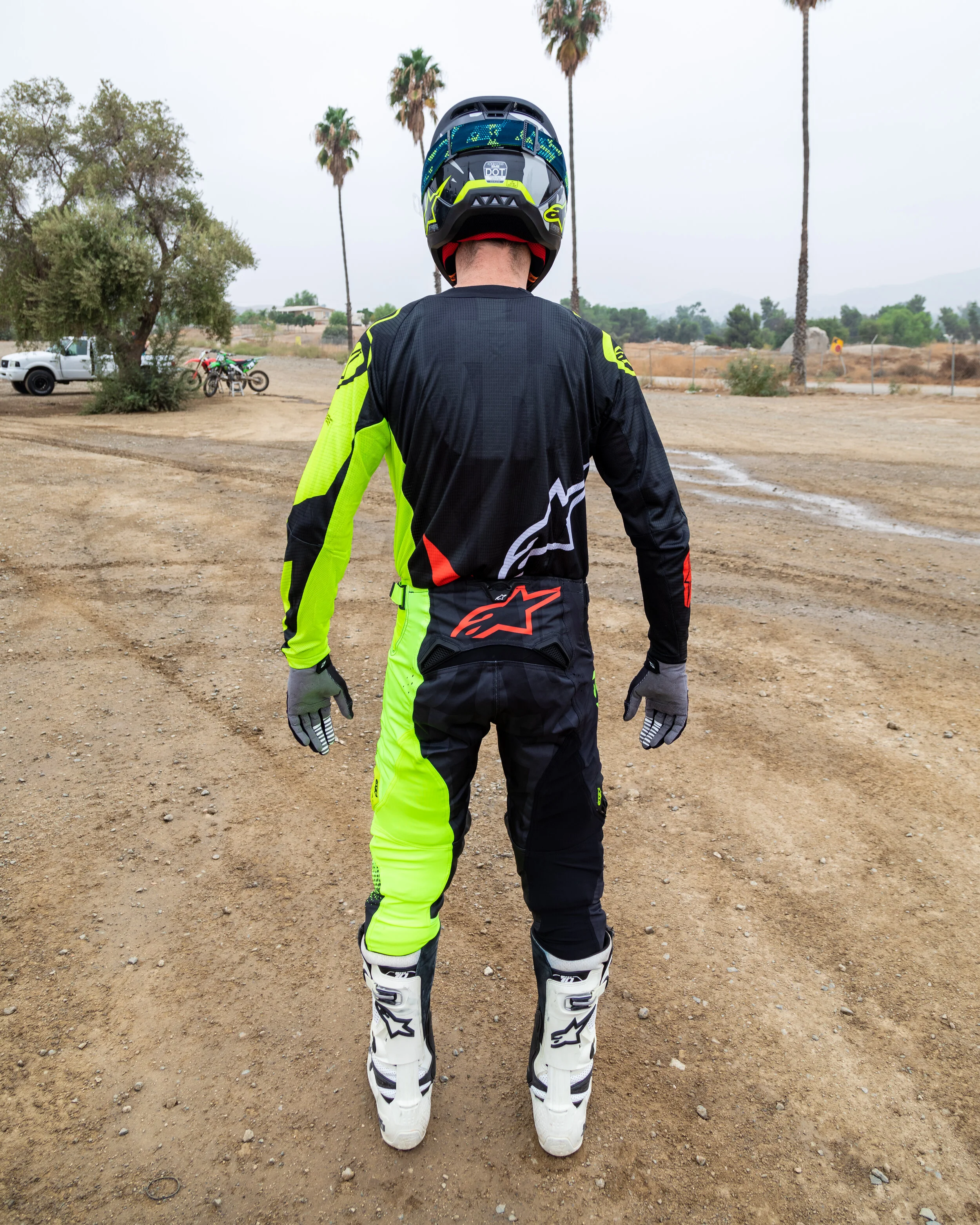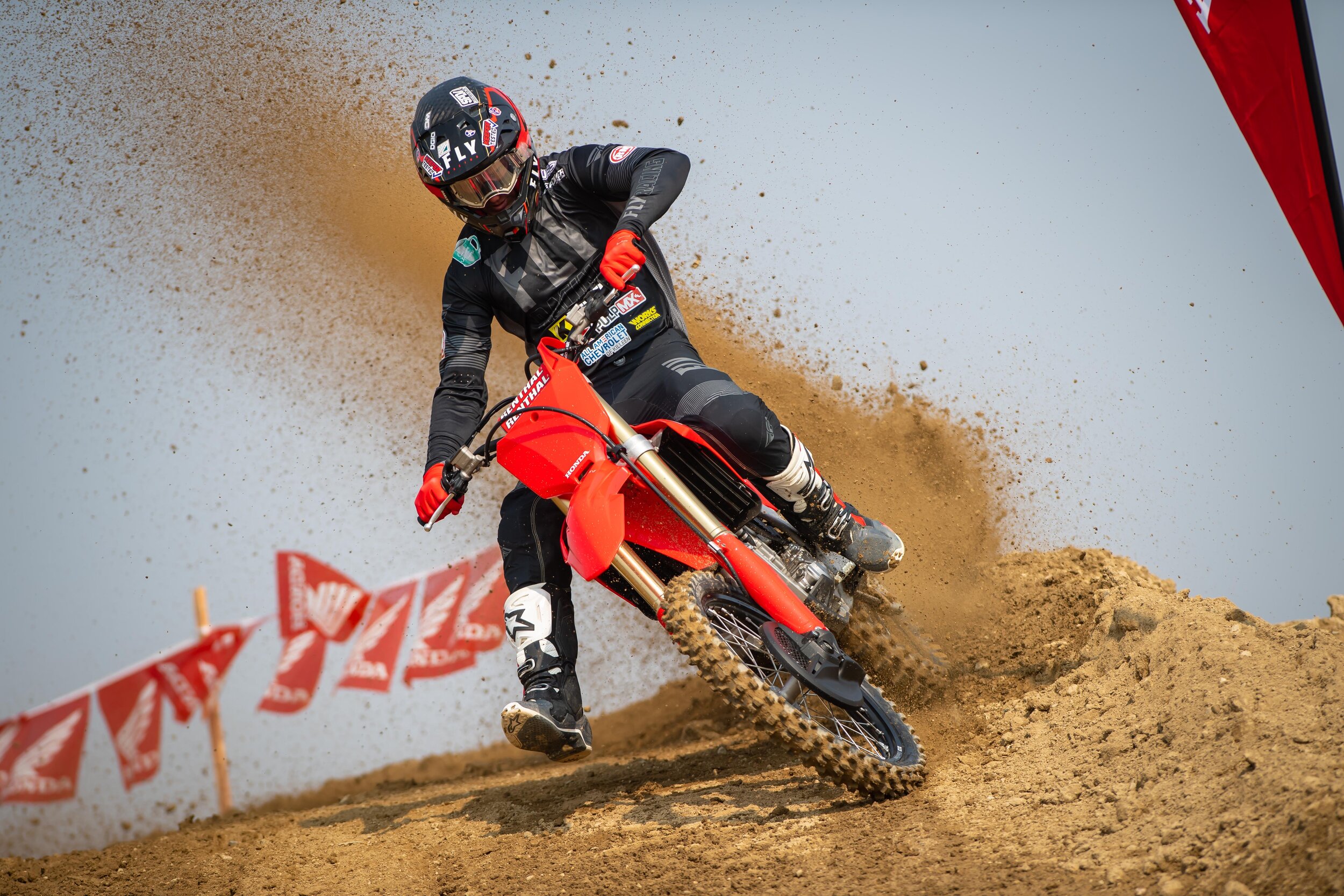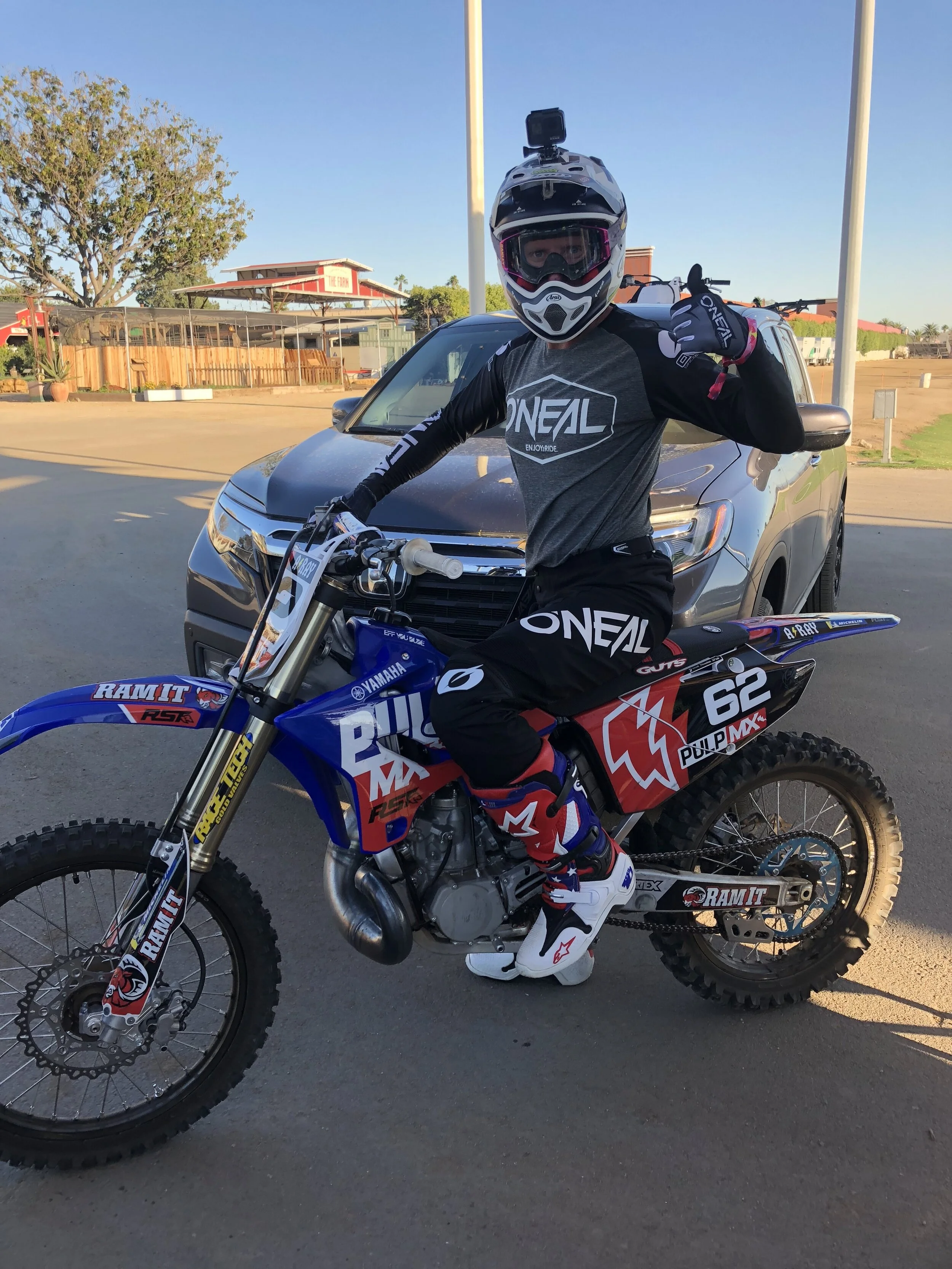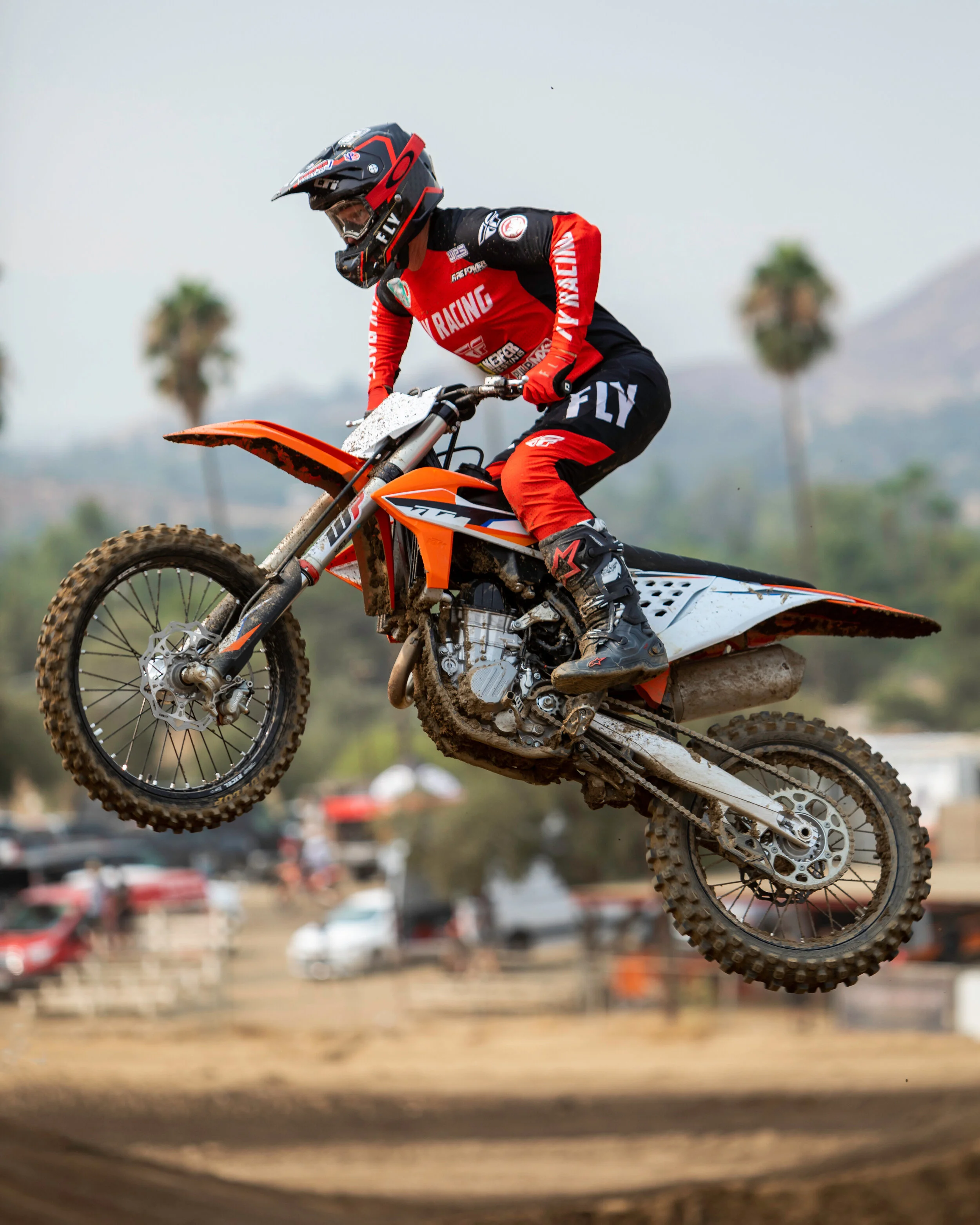Neck braces part two… Ehhhhhhh Boy, here we go again.. This has been a tough topic in the world of motocross right? Like I have mentioned before, neck braces are almost like a form of religion. You have a bunch of people preaching to you on how they believe in what “they” (neck braces) can provide for you, but it’s something that is up to you to fully believe in. Or maybe it’s something that you choose not to believe in at all? I can tell you that I am somewhere in the middle between those two. It’s not that I don’t “believe” in the technology as much as it was more of a comfort thing for me when I rode with one. Plus, I am old and stuck in my ways right? I like what I like. I know what I know. But being a test rider forces me to be more open minded and this is how I went in when asked to test the Atlas Vison Anti Compression Collar. Yes, that’s right, Atlas prefers that name rather than call it a neck brace. Ok, so for the rest of this article we will call it the “Atlas Vison ACC”.
Back in the day a neck brace felt too restricted when riding and it hindered my technique on the bike. I felt like a robot, that was so stiff on the bike, so because of that feel, I immediately was an anti neck brace guy! Fast forward five years and I got pressured to try an Atlas Air neck brace by my good friend Steve and it was much better than the first gen braces that I tried. Two years later I am back here talking about the Atlas Vision brace. Just like dirt bikes, products can evolve and get better over time. Well to my surprise the Atlas Vison ACC did just that, it evolved and got better from the previous version.
Before I get into the meat and potatoes of why the Atlas Vison ACC is a better neck brace, what exactly is the technology behind this product? Like I mentioned above the Vision is what Atlas likes to call an "Anti-Compression Collar" - a brand new category of neck protection developed by Atlas that they say can ONLY assist with compression and lateral hyper flexion (head sideways) forces on the neck. Traditional full-frame braces, like the Atlas Air, help manage these forces along with Hyper-Flexion (head forward) and Hyper-Extension (head back) using their built up front and rear “shelves”. Atlas wanted to build a product that is for everyone who wants neck protection, but has found it impossible to wear a full frame brace. Bring on the short necks, large helmets, and bulky body armor - Atlas says it doesn’t matter, this Vision can fit your stature. Atlas says that its Vision has 50% greater reduction of impact forces (Compression only - vs Atlas Air) that is made possible by D3O - An advanced impact absorbing material used in a wide range of applications from extreme sports to military. The Vision Padding has been custom engineered to fit the function and design of the Vision Collar, and is said to withstand multiple impacts with no reduction in performance unlike traditional padding materials used on other neck braces. Atlas says that the Vision has 66% more range of motion (vs Atlas Air) because of their Pro-Motion design, there is a drastically increased range of motion that allows you to freely see up and down hills, at your feet, to the sky, or tuck and roll during a crash, which I can concur on personally (more on that later). The Vision has a 45% lower weight (vs Atlas Air) because of its simplified design that removes everything you don't need, leaving behind only the smallest, most effective components. The feeling of freedom is there when you ride. The compression only design removes the front and rear shelves of a traditional full-frame neck brace in order to enhance the mobility, while focusing on reducing compression. Just like the Atlas Air, taller pads are included in the box and can make fit easier for longer necks, smaller helmets, and/or other needs. Slit-Flex Frame Split frame design promotes flex to mimic natural body movements for maximum comfort and mobility. This was developed over a decade ago with the Atlas original brace.
Now let me start off by saying that it’s up to you whether you believe in neck brace technology or not. I am not here to change your mind on that. You guys can make your own decision on which way you want to go. I am not a preacher and can’t force you to believe in a certain technology, but I can give you facts on what it’s like to ride with the Atlas Vision for several, long test days. After studying/reading all about the old technology versus the new technology, I can say that I “believe” that there are some safety advantages to wearing this ACC. One important piece of technology (that I really like) that has evolved from the older Atlas Air neck brace is the material consistency and how flexible the Vision is. The older neck braces weren't nearly as flexible and that was a big red flag for me, especially in a crash. You can bend each end of the Atlas Vision and it snaps back to the original shape much easier than older models I have ridden with. Another complaint I had with older neck braces is that I couldn't look far enough ahead of me without feeling restricted. The Atlas Vision is only felt on my shoulders and not felt at all with my neck/helmet area. This gives me enough freedom that I didn’t really notice it was on. I mean I knew it was on because I could feel the straps (that hold the Vision in place) across my chest. I think the straps are the hardest thing to get used to honestly. The straps can rub you a little under the jersey, but after the second day it wasn’t something that I cared about. The Atlas Vison is also very lightweight feeling at 325 grams and that feels like nothing when motoing down. I had zero complaints with my neck mobility while riding, but you will notice the chin bar of your helmet will hit the front of the Vision if you’re hanging out while your BS’ing with your buddies in the pits, but this takes some work to get the chin bar area of your helmet to hit the collar of the Vision. Each contact point of the Atlas Vision is soft against your body and not at one moment did I feel an uncomfortable feeling.
If you are a chest protector wearing rider don’t fret because the Atlas Vision does comply with a number of different chest protectors. At my disposal was a Fly Revel, Alpinestars A1, A4, Thor Sentinel, Fox Titan, Pro-Frame, and even an old HRP Flak Jak! Yes, I still have one of those and it was here for the Atlas Air test as well! I did prefer wearing the Atlas Vision with a lightweight roost deflector versus a full chest pro because I felt less bulky and could move around on the bike better. However, this is more of a chest protector feeling than a neck collar issue.
So if you haven't worn a neck brace or collar for that matter in a while and are “on the fence” about wearing one, like I was, give it a try because you’ll be shocked on how comfortable the Atlas Vision actually is. I know you’re reading this article and saying to yourself, “well Kris are you going to wear one now”? The truth is, NO, no I am not. I am a no BS kind of dude and wouldn’t want to start BS’ing all of you now. I have been wired one way for so long (on safety equipment) that I am going to keep on doing what I have been doing (which is not wear a neck collar or brace), but I can tell you, if you believe in more safety, this Vision ACC piece of equipment could really be something you need to look in. It really WILL NOT bother you when you ride and I am going to try and keep doing these neck brace/collar tests more to ensure that I am evolving on safety equipment myself. At the end of the day, all I have to offer is my educated opinion and to me this technology is NOT A BAD PIECE OF SAFETY EQUIPMENT! If you crash, this Vision collar will not increase your risk of injury. This is what I believe. Could I have said that 10 years ago with the first gen neck braces? No! AII can do is tell you that if you do believe in neck brace technology, the Atlas Vision neck collar (or ACC) is the most comfortable anti compression collar I have tried. The cost of the Atlas Vision Collar is $199.99, comes in two sizes, and two different colorways. You can check the complete line of Atlas neck braces over at atlasbrace.com.


